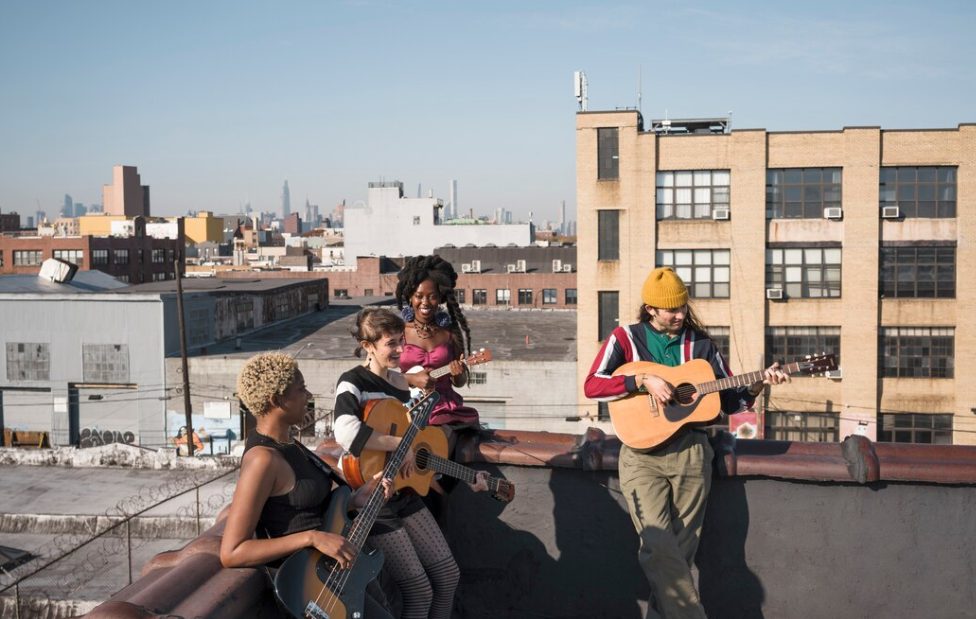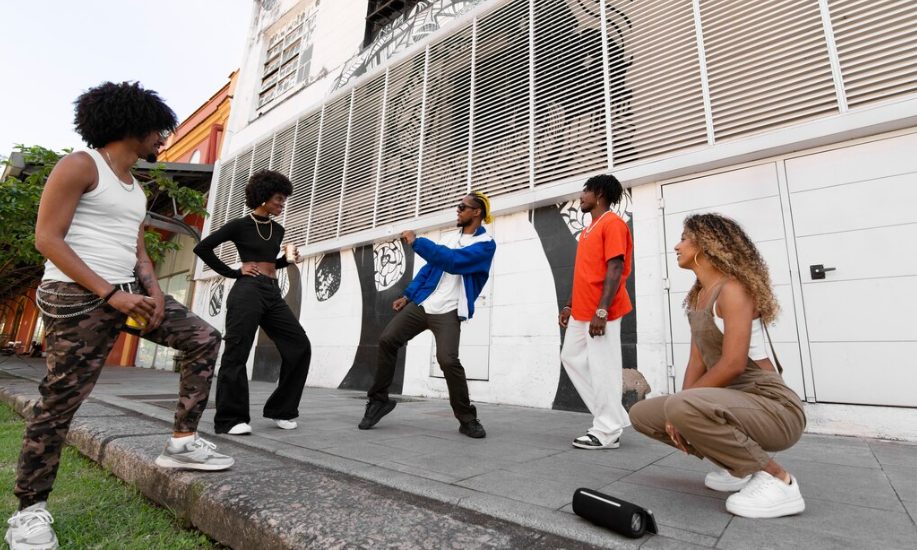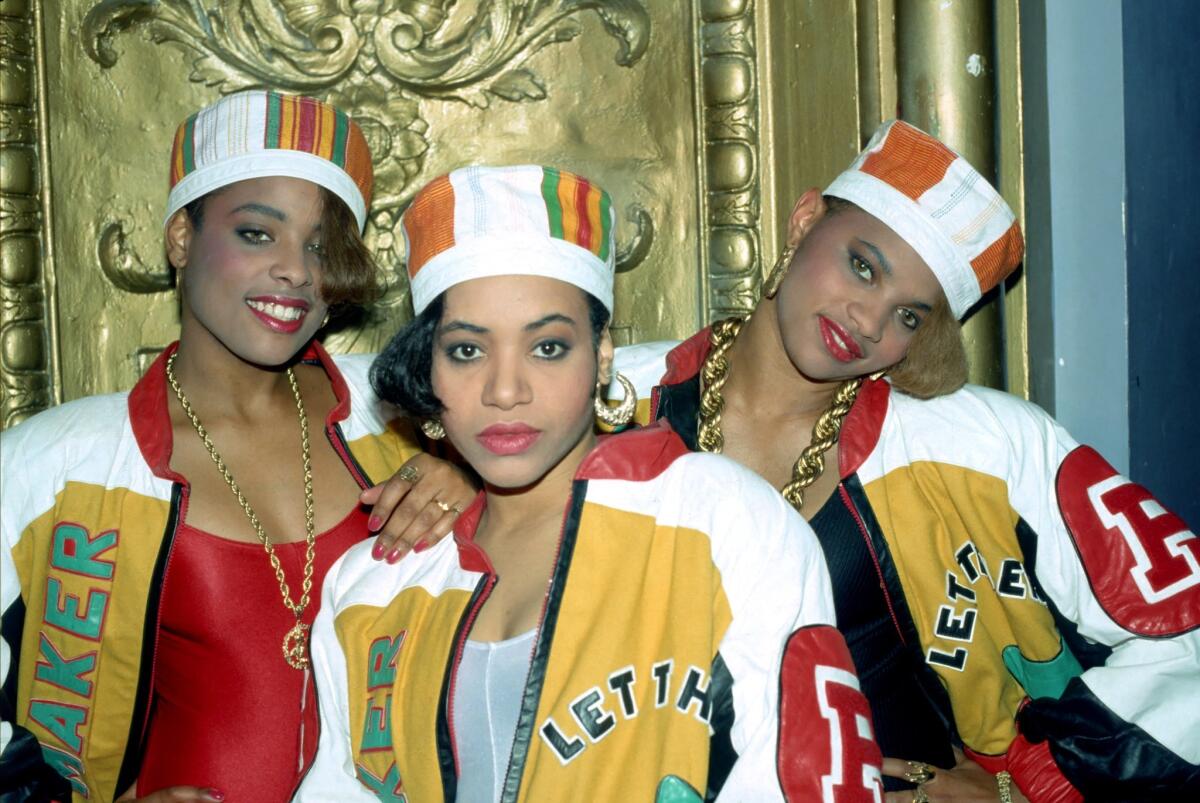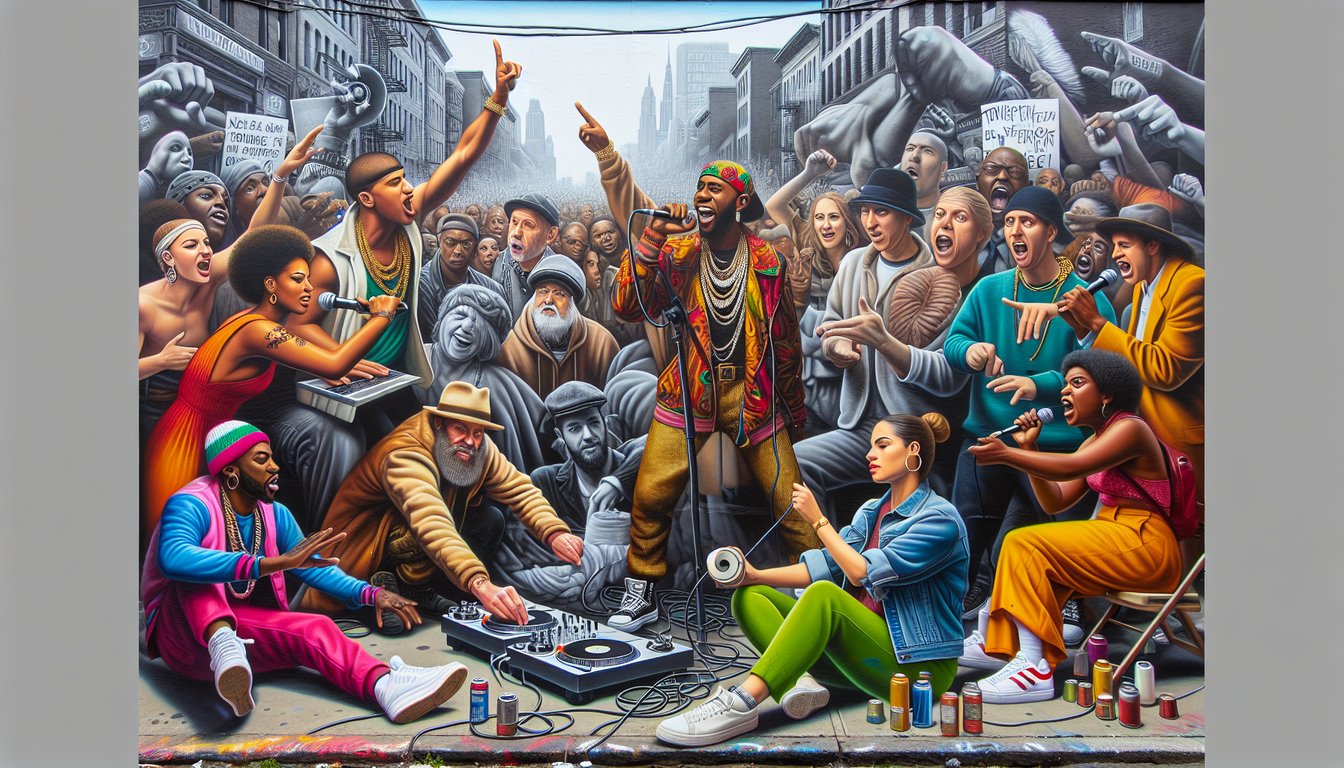
How Underground Hip Hop Artists Influence Culture and Communities
Hip-hop is more than just music; it is a movement by which communities express themselves that is often overlooked. Underground hip-hop artists share true stories alongside experimental sounds and methods that challenge the conventions of the mainstream.
From social dialogues to artistic expressions, the cultural impact of hip-hop can be observed across communities, schools, and other creative facilities. Besides that, it continues to have a larger influence on society.
The Unique Role of Underground Hip Hop Artists
They are those underground hip-hop artists who act as catalysts for cultural fertilization and innovation. Bringing to the forefront authentic voices and perspectives in crude, unfiltered terms-many present their views in terms of social issues and personal experiences, i.e., those unheard in mainstream flow.
- Genuine Voices: Their lyrics talk about social issues, personal struggles, and the common issues faced by communities.
- Independent Hustle: Many make their own music, market, and promote using their creative abilities.
- Community Engagement: The workshops, local shows, and collaboration work toward the strengthening of cultural identity.
- Experimentation: Mutually pushing the boundaries of beats, styles, and storytelling keeps the realm from growing stagnant.
Showing their task of empowering a culture of their own making, authenticity of creativity, and controllability are demonstrated through their participation.
How Is Hip Hop Being Used in Education?
The culture of hip-hop is brought into the schools, serving the sectors of learning and personal development. These students interface with rap, poetry, and other creative forms of communication while exploring their own identities and self-expression. This allows students to develop their technical skills in critical thinking and communication.
- Creative Expression: Students use rap, poetry, and visual art to talk about identity and social issues.
- Literacy and Storytelling: Writing lyrics helps students develop various communication skills, critical thought, and vocabulary.
- Inclusivity: Hip-hop projects tie students together from various walks of life.
- Civic Awareness: Reflection on the social and community challenges permeates through the analysis of lyrics and their themes.
Introducing hip-hop culture in classrooms highlights that it is not only music but also a tool to be utilized for learning and empowerment.
Hip Hop Culture Strengthening Communities
Hip-hop culture in schools and neighborhoods is collaborative in nature, ensuring the presence of mentorship and the consciousness of society. In community centers, local events, and cultural programs, an emphasis is placed on imparting teamwork, creativity, and self-expression to the youth. Hip-hop merges music, dance, and visual arts, thereby fostering relationships between generations and encouraging their participation.
This culture is also a catalyst for social activism and civic engagement. Local initiatives, community activities, and programs that address social issues might well be the fruit of the lessons young people and artists draw from hip-hop interventions. Which is a good example of its enduring impact on society.
Why Local Hip Hop Movements Are Important
One of the elements in the underground movement in hip-hop is that it illuminates local scenes. Independent artists put on shows, record at local studios, and distribute their records through grassroots channels. Such efforts nurture local pride and present opportunities for young musicians to develop their skills while staying faithful to their communities.
Local movements also have great mechanisms for nurturing the young communities of artists and provide workshops, collaborative efforts, and local shows to instruct their young talent on how to work in the music industry while staying true to the cultural values and truthful messages of hip-hop. This ensures the growth and sustainability of the movement.
The Enduring Influence of Underground Hip Hop
The underground hip-hop scene shows us how this culture continues to influence education and culture. Sites such as IS HIP HOP DEAD illustrate how these underground artists and programs have kept hip-hop culturally relevant. It confirms its strength as a creative, educational, and social tool.
The accounts and projects coming from local and underground areas continue to inspire a new generation of artists and promoters. Their definition of ‘real’ culture ensures that hip hop culture in the schools and communities remains truly constructive in music, education, and social assistance.




